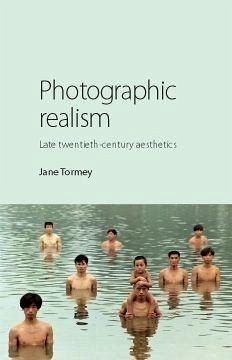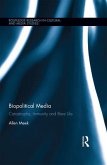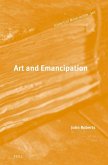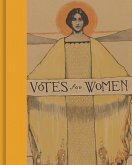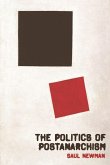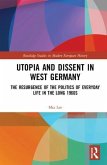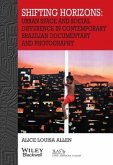Photographic realism: Late twentieth-century aesthetics discusses uses of photography in the context of art practice, and relates them to wider cultural debates. Focusing on conceptual and political projects between 1970 and the turn of the century, it draws parallels between issues discussed in theory and those displayed visually in practice. The book discusses a dynamic era in photography's history, which follows the influences of conceptual art and shifts in thinking about representation and subjectivity. It presents photography's capacity as a discursive means to explore ideas. Looking beyond formal analysis and assuming the use of digital photography, it moves away from the preoccupations of modernist photography to outline a photographic aesthetic that signals directions for development in the twenty-first century, exampled here by the complex practices of Chinese photography. This era marked a point of transition from the concern to assert photography as a valid art-form to one that not only established photographic methods as valid, but offered an alternative medium with which to address subject-matter that challenged dominant art discourse. Responding to continuing tensions concerning the potential of the photograph as aesthetic and/or political, the book uses this era to demonstrate what photography can do and gives interdisciplinary emphasis to how photographs construct ideas, make comment and promote thought - philosophically, culturally and politically. By outlining different conceptions of realism with which to frame photography's reference to the world and different perspectives from which to respond to photographs, the book promotes the discussion of ideas prompted by their provocation.
Hinweis: Dieser Artikel kann nur an eine deutsche Lieferadresse ausgeliefert werden.
Hinweis: Dieser Artikel kann nur an eine deutsche Lieferadresse ausgeliefert werden.

